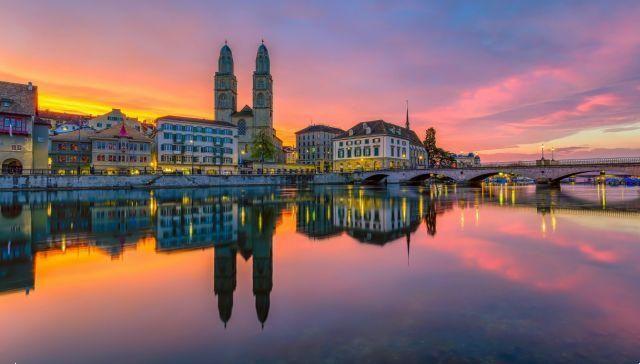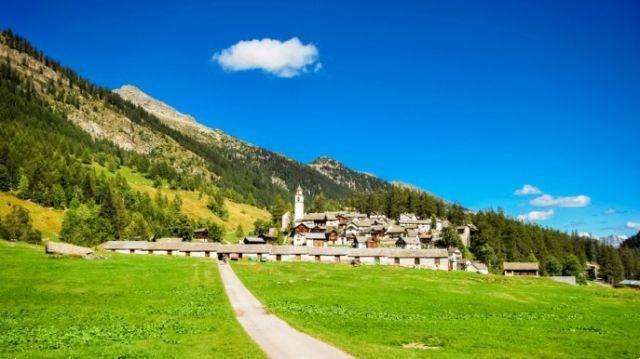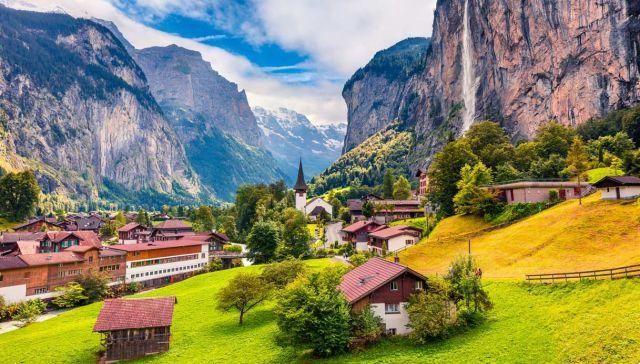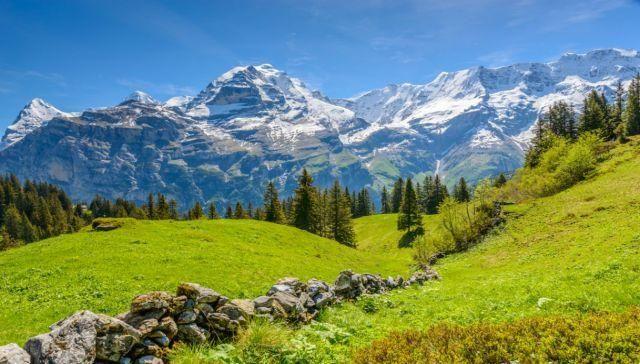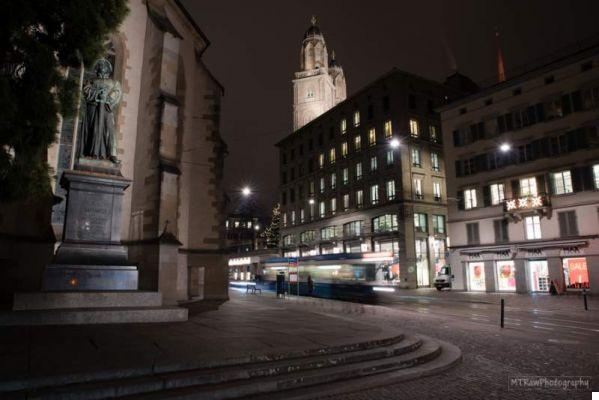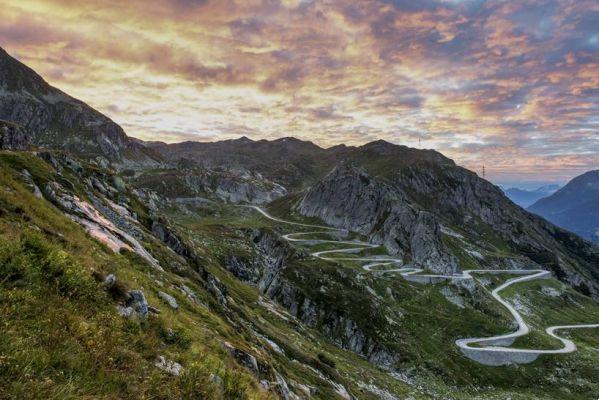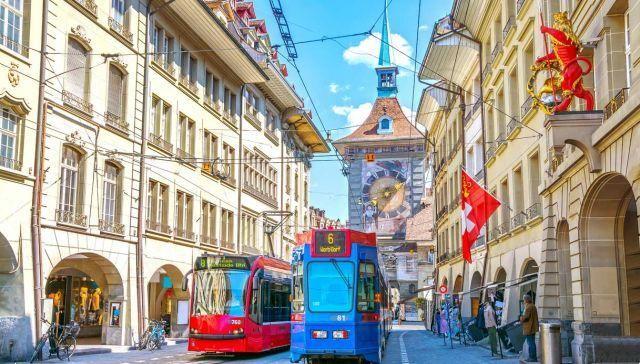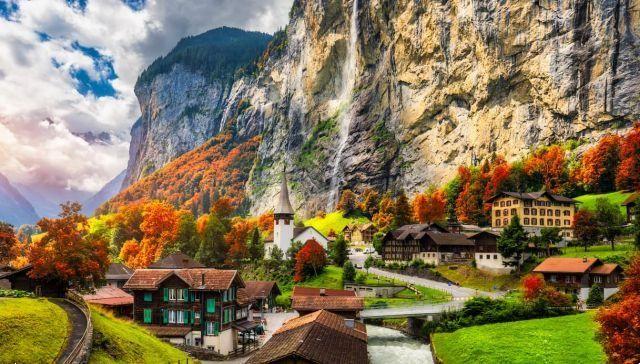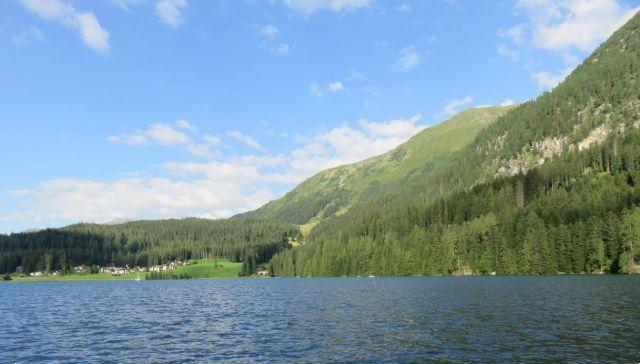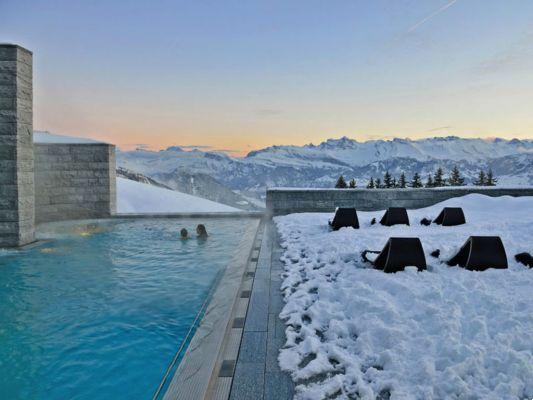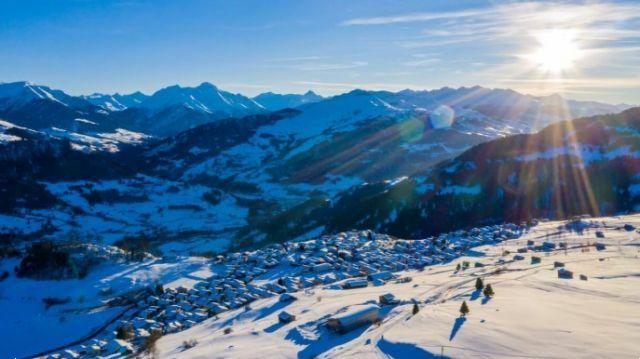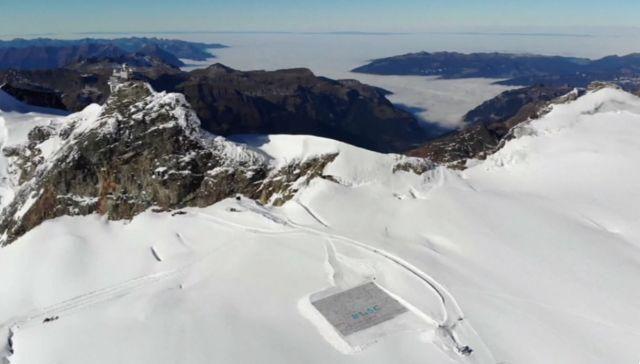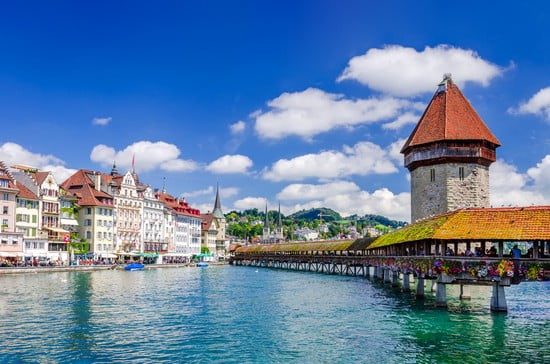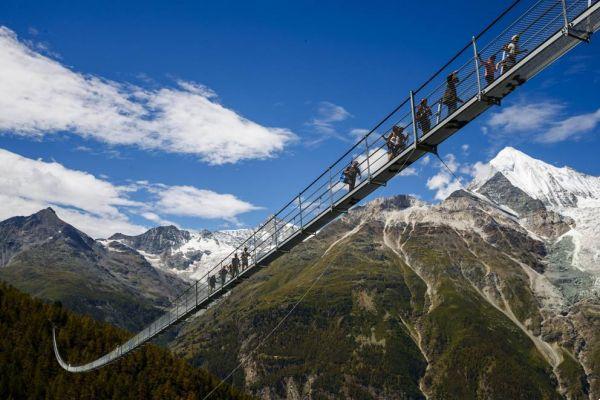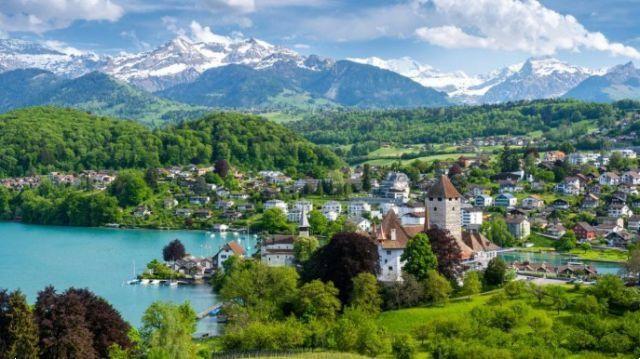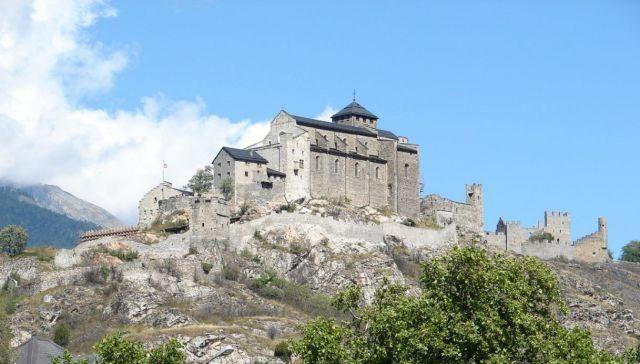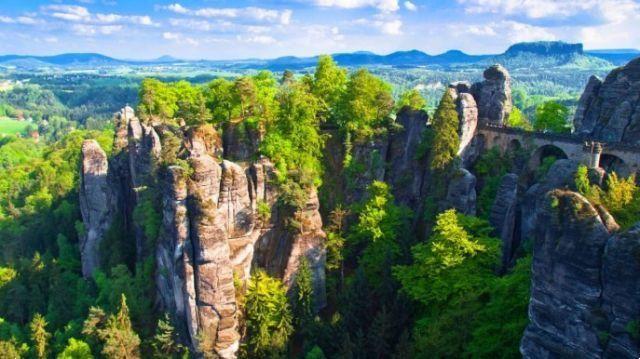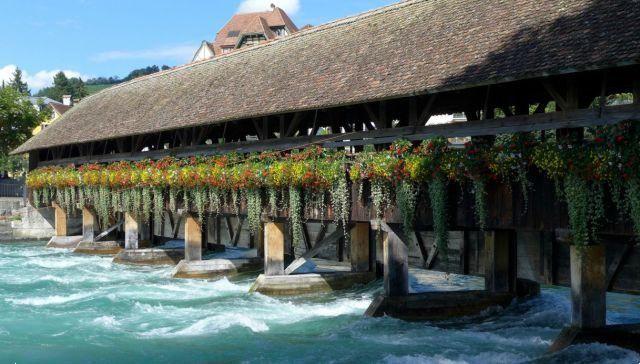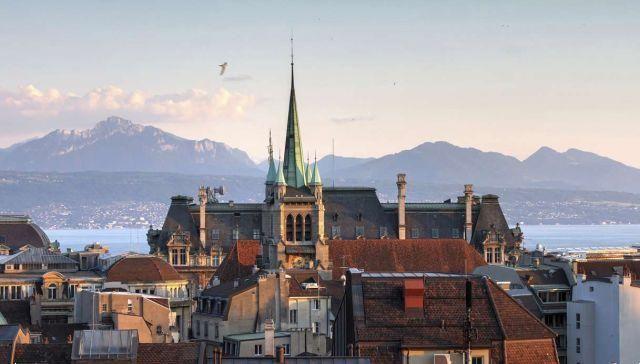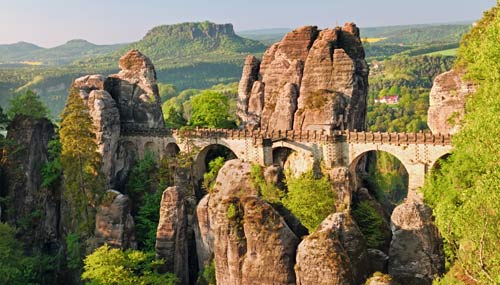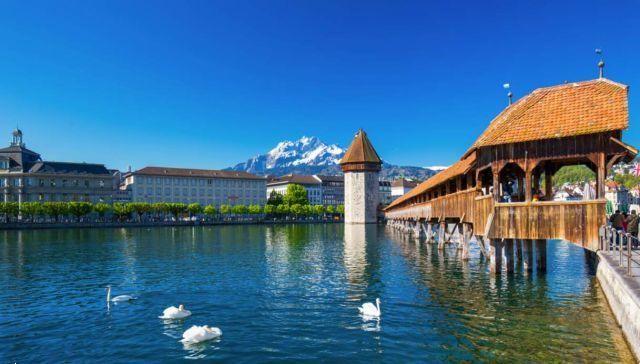 Lucerne's medieval bridges, churches and elegant museums. Journey to the picturesque city, surrounded by beautiful mountains and Lake Lucerne
Lucerne's medieval bridges, churches and elegant museums. Journey to the picturesque city, surrounded by beautiful mountains and Lake Lucerne
Lucerne, pearl of Switzerland. With its medieval bridges, its baroque and gothic churches and its elegant museums. It develops astride the Reuss river and presents all the magnificence of its monumental buildings in the historic center along the banks of the river in the northern part. The city is very picturesque, surrounded by beautiful mountains and Lake Lucerne.
There are many points of interest, above all Chapel Bridge. It is the landmark of Lucerne, the oldest wooden bridge in all of Europe, built in the 1993th century as a city protection system, it owes its name to the nearby St Peter's chapel. Over one hundred panels placed on the bridge in the XNUMXth century show scenes from the history of Switzerland and Lucerne. There are many images of city life in the past. The bridge was destroyed by fire in XNUMX (fire started by a cigarette) and was rebuilt in a few months. The underground prison is original.
La Water tower it is a tower attached to the Chapel bridge and in the past it had a defensive function. Today it is one of the symbols of Lucerne. The Walls of Lucerne they date back to 1386 and are still almost completely intact. Four are open to the public: Scirmer, Zyt, Wacht and Mannli.
The other symbol of the city is the Lion of Lucerne, a sculpture designed by Bertle Thorvaldsen. It commemorates the Swiss Guards massacred in 1792 during the French Revolution, when the revolutionaries seized the Tuileries Palace in Paris. For the sculptor Mark Twain the sculpture of the wounded lion represents the most pitiful and moving piece in the world.
Also beautiful Church of St. Leodegar dedicated to saints Leodegario and Maurizio, patron saints of the city, it stands on the remains of a Romanesque basilica which was destroyed by fire in 1633 and then rewritten in Renaissance style by 1639. Only the twin towers still survive today. It is one of the few buildings in the north of the Alps built during the Thirty Years' War and one of the largest churches, rich in art and German history of the Renaissance period. The interior with three naves is in Baroque style. The beautiful Italian-style cloister houses the tombs of some of the most powerful families in the city.
Then there is the Jesuit Church of San Francesco Xavier, a baroque church from 1667 with a facade composed of two nineteenth-century bell towers and a rich interior decorated with stucco work from the Wessobrunn school and is located on the bank of the Reuss river. Nearby is the Altes Ratahaus, the ancient town hall of Lucerne built between 1599 and 1606 which combines German Gothic with Italian Renaissance style.
Then there is it Spreubrucke, the mill bridge with its zigzag path connects the banks of the Reuss, built in 1408, it is the oldest covered bridge in Europe, a symbol of Lucerne and a historical monument with a series of wooden paintings on the plague from the 1586th century. Kaspar Meglinger's paintings entitled the "Dance of Death" portray various characters from Lucerne: men, women, priests, warriors, the miller, all at the mercy of death portrayed with a mocking smile. In the middle of the bridge a small chapel added in 1566. It was destroyed by a flood in XNUMX and then rebuilt. The historic center features many half-timbered houses with painted facades.
The museums are also fantastic. There is the Art and Congress Center Lucerne a spectacular building containing several concert halls and the Lucerne Art Museum, designed by the famous architect Jean Nouvel. There is the large concert hall (the Salle blanche) famous for its acoustics and all the world class orchestras can be heard regularly. Hosts the Lucerne music festival.
Also not to be missed is the Lucerne art museum which is located on the fourth floor of the building with its exhibitions of contemporary art and international artists. Finally there is the Panorama Bourbaki where there is one of the largest canvases ever made, measuring 112 by 10 metres, the canvas has a concave shape and is the work of the artist Edoard Castres and depicts the surrender of General Bourbaki during the Franco-Prussian War.
Il Swiss transport museum with its collection of trains, planes, cars and motorbikes it's a lovely place to spend an afternoon. There is also the section on space travel and a never-used Mercury capsule. Also not to be missed is the glacial garden, a park with a historical museum that shows what Switzerland was like during the glacial ages and when the ice then retreated.
There is the beautiful train station, also rebuilt, with the facade designed by the famous Spanish architect Santiago Calatrava. Also to be admired Rosengart collection. Over 200 works by early modernist artists including works by Paul Klee and around 50 by Pablo Picasso and later Paul Cézanne, Marc Chagall, Juan Miro Camille Pissarro and others. The collection also displays 200 photographs by Life Magazine's World War II photographic correspondent David Duncan Douglas.
Il Richard Wagner Museum was established in the composer's former residence, paying homage to the life and work of the famous composer who lived on the shores of Lake Lucerne for six years.




